Experts Divided on Future of Infotainment Systems

Where is in-car connectivity going in the future? A group of high-level industry experts weighed in on this pressing question yesterday at Telematics Update Detroit.
In-vehicle infotainment technology is critical; it’s a huge purchase consideration for consumers. It’s also a major way for automakers to differentiate themselves from one another. Car companies are taking cues from the consumer electronics industry and putting more features at drivers’ fingertips.
However, General Motors chief infotainment officer Phil Abram doesn’t think people actually care about connected cars. He said what they’re really concerned with is how technology can make their lives better.
Beyond this Abram commented about the industry, saying it’s horrific at explaining the value of in-car technology, the features it provides and what it can actually do for drivers.
The breadth of what today’s infotainment systems are capable of is really impressive. Take MyFord Touch for instance, the industry’s electronic whipping boy and a classic example of botching an introduction. Despite years of bad press this technology is loaded with features, many of which consumers don’t even know about. Things like WiFi, voice recognition and USB ports are pretty self explanatory. But goodies like SD-card slots, RCA A/V input jacks and RSS-feed aggregation are plenty impressive but perhaps a bit confusing to customers.
“I think you have to own the experience,” said Abram. “We’re not going to write an OS… that would be silly,” but he also noted that an OEM has to define the platform they use, what it provides to drivers, how it integrates with their existing technology and what information it collects or shares.
Don Butler, executive director of connected vehicles and services at Ford seems to agree. He said, “We are in a sense the steward for the customer.” Whether Google, Microsoft, Apple or another company provides the hardware or back-end computing architecture it’s up to the automaker to determine what’s relevant and to make it uniquely theirs.
What’s the next big telematics innovation? Well, the experts are divided. Butler noted that voice recognition will be huge. This has been a critical component of the Blue Oval’s SYNC technology for years now.
Abram seemed to focus on corporate speed and agility. Going forward he said automakers have to break with the past and “be the attackers not the defenders.” He also said, “That’s the challenge, the culture change that has to go on;” they have to come up with new ways of doing things and getting technology to market faster.
Abram also said, with a chuckle, “A car is fricken’ complicated.” They require TONS of validation and testing for safety. Companies invest hundreds of millions, even billions of dollars to in new products. It’s understandable why they’re hesitant to jump feet-first into new things. He noted that they have to isolate risk, keeping it to appropriate areas and exposure. Can you imagine if a company’s “self-driving car” regularly self crashed? That’d be really bad.
Finally Bzeih noted, “The OEM owns the experience, owns the platform because ultimately they’re liable.” He said that future innovation will come from different areas. “I think it’s organic, you have to have the right people, the right talent,” he also mentioned that customer clinics are not the end all and be all; in-house development and even intuition are critical for future advancements.
Sidestepping any real answers as to what’s coming down the infotainment product pipeline, these experts nonetheless indicated that automakers need to react faster and work harder to deliver what customers want — more in-vehicle connectivity and user-friendly features that really work.

Born and raised in metro Detroit, Craig was steeped in mechanics from childhood. He feels as much at home with a wrench or welding gun in his hand as he does behind the wheel or in front of a camera. Putting his Bachelor's Degree in Journalism to good use, he's always pumping out videos, reviews, and features for AutoGuide.com. When the workday is over, he can be found out driving his fully restored 1936 Ford V8 sedan. Craig has covered the automotive industry full time for more than 10 years and is a member of the Automotive Press Association (APA) and Midwest Automotive Media Association (MAMA).
More by Craig Cole



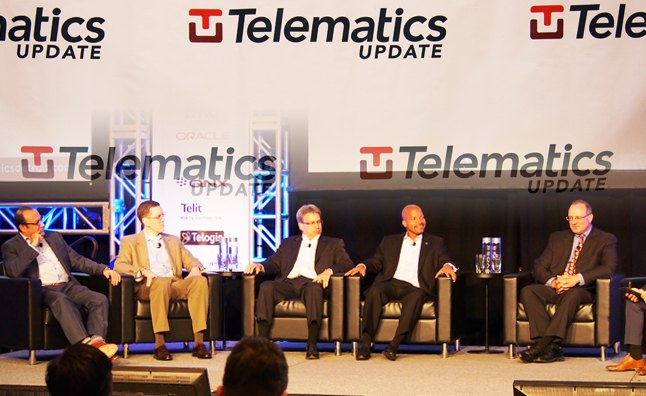
















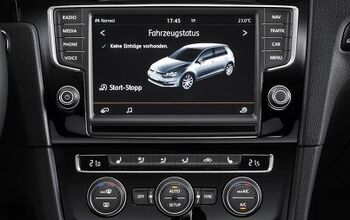
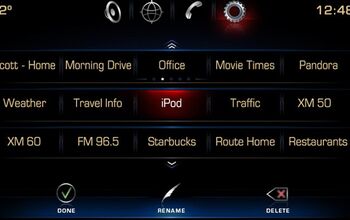

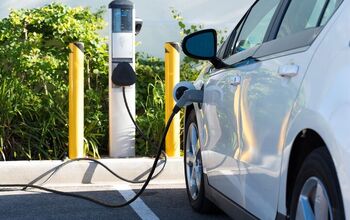
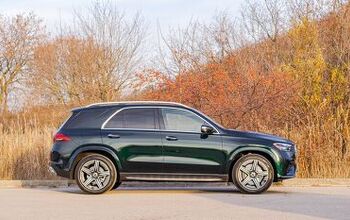
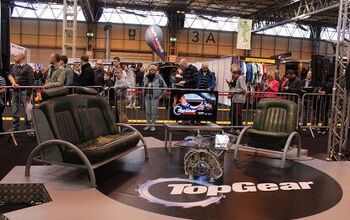


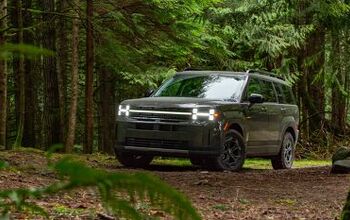



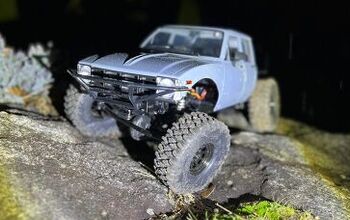

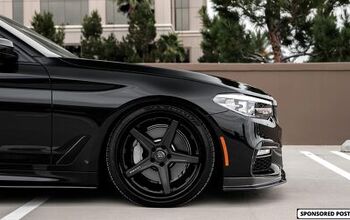
Comments
Join the conversation